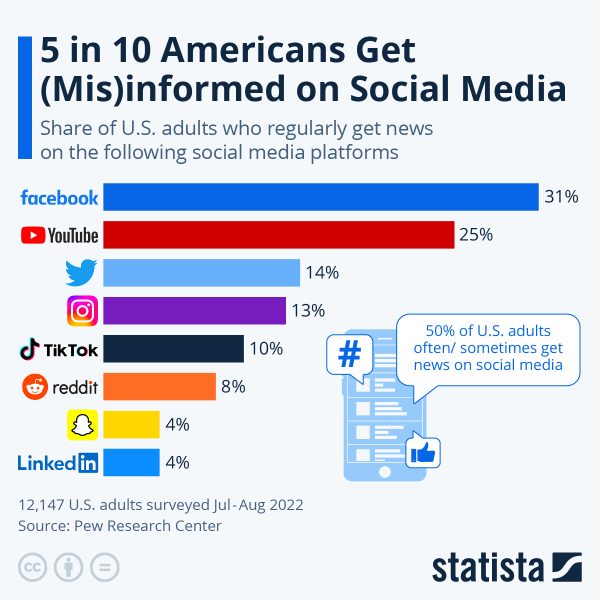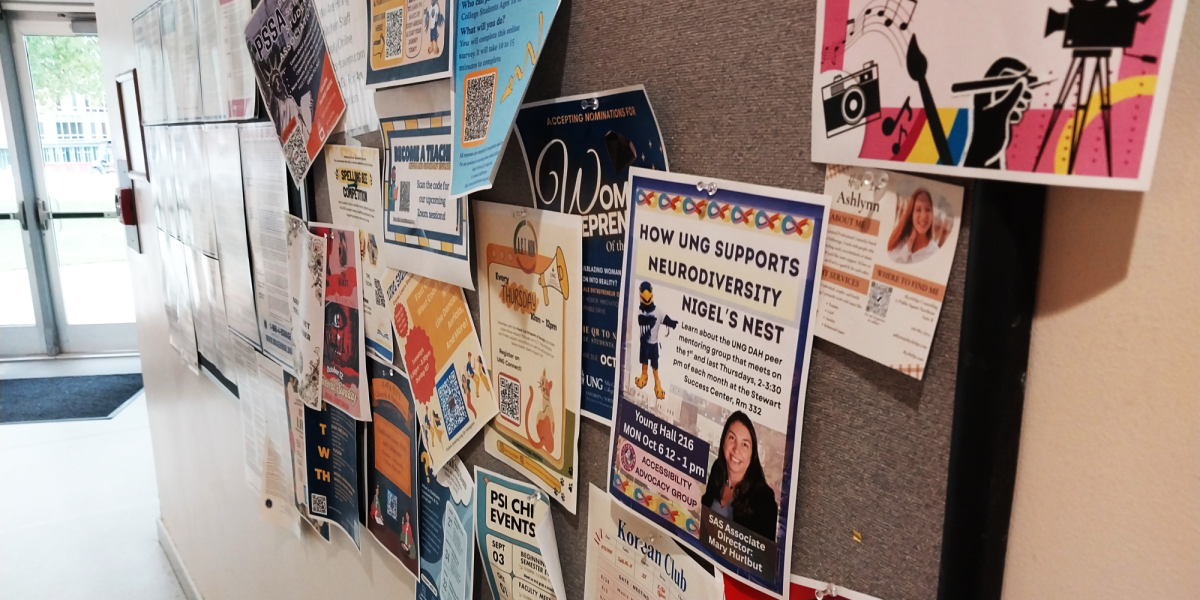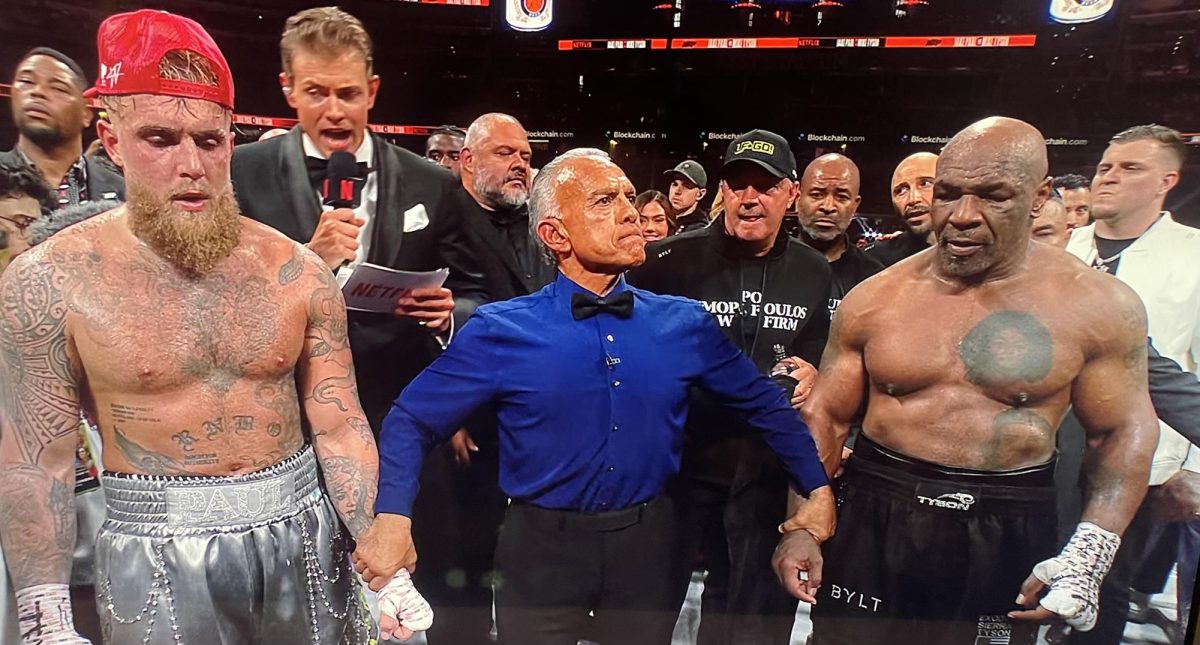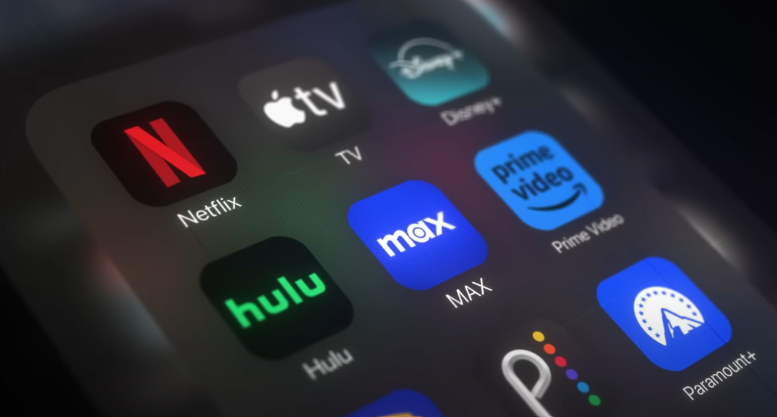The 2024 election cycle is ramping up with political figures, issues and information being broadcasted seemingly on every platform.
These platforms include radio, television, podcasts and mobile devices with different generations of people using a specific one.
Roughly 47% of Americans between the ages of 18 to 34 use social media, while 20% Americans who are over 65 years old use social media as their source of information.
There is an even bigger gap between the younger and older generation when watching cable news, as only 9% of Americans aged 18 to 34 watch cable news, while 43% who are over 65 years old watch cable news as their source of information.

The older generation grew up with the rise of television while the younger generation grew up with the rise of social media, which could explain why each generation feels more comfortable or familiar with their chosen source of information.
Younger people will typically use Instagram or TikTok as their source of social media information, while the older generation who use social media will use Facebook as their prime source of information.
“I don’t watch the news, because a lot of it is fake. Everything is on Facebook now and I see everything on there.” – Therese Dempsey, avid Facebook user
A lot of social media companies might adopt different approaches to help combat misinformation but will have the same outcomes to correctly inform users and give context to the matter.
X, formerly known as Twitter, uses community notes, which are users on X that will vote on whether the post needs additional information added and write these notes under posts that might be misleading rather than taking down the whole post entirely.
Instagram uses third-party fact checkers to identify false information and make it harder for users to see the posts using Instagram’s algorithm. Just like X, Instagram labels the posts with false information warnings so users can see that the post is misleading.
Meta, formerly Facebook, uses the same algorithm and process of vetting information that Instagram does for its users as Instagram is owned by Meta.
TikTok uses its algorithm based on likes and watch time but can limit the exposure or take down the post without warning to help limit the amount of false information being spread on the platform. TikTok could also add a sensitivity warning before the video which the user can choose to either watch or skip the video.
With the Primaries in full swing and the General Election this November, social media companies will have a lot of work ahead of them to stop or limit the amount of false information being spread on their platforms.



























